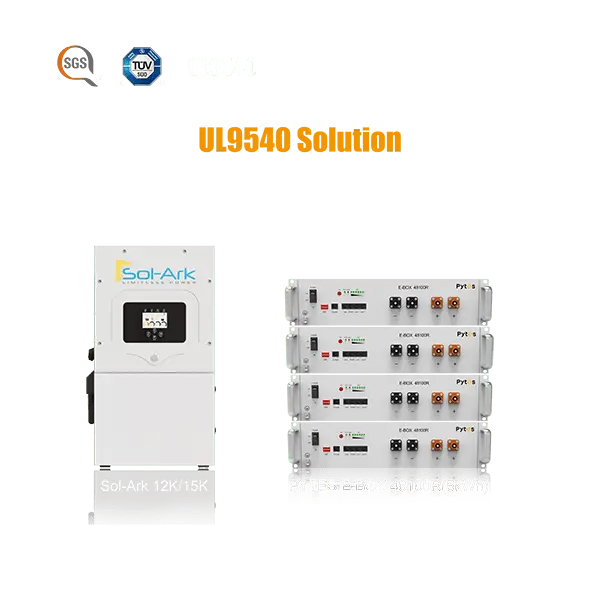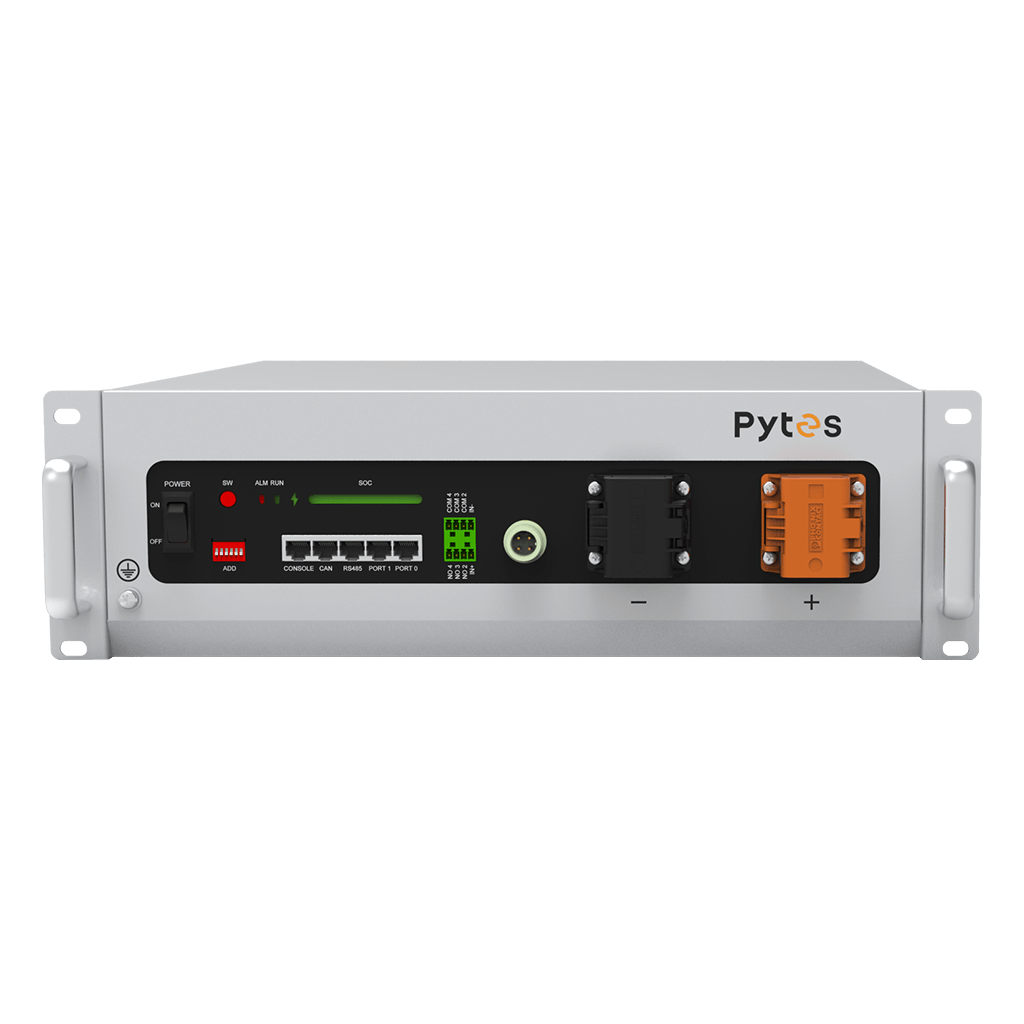How to Configure a Home Solar Energy Storage System? Teach You How to Calculate Battery Requirements
As solar energy continues to rise in popularity, more and more homeowners are looking to integrate solar power into their daily lives. One key aspect of this transition is the addition of a solar energy storage system. A solar battery backup system helps store excess energy generated during the day for use during the night or on cloudy days. But how do you configure a home solar energy storage system, and how do you calculate the right battery requirements for your home?
Step 1: Understand Your Energy Needs
The first step in configuring a home solar energy storage system is understanding your household's energy consumption. Take note of your electricity usage over the course of a typical day. Look at your monthly electricity bill to find the average kilowatt-hour (kWh) consumption. You can also use a smart energy meter to track usage more precisely.
Once you know your energy needs, you can determine how much power your solar panels should generate and how much energy your storage system must hold. If you want to ensure that you are fully off the grid during power outages, you'll need enough battery capacity to cover your home’s energy demands for an extended period.

Step 2: Choose the Right Battery for Storage
Choosing the right battery for your solar energy storage system is critical to the overall performance of the system. There are several types of batteries available, each with its pros and cons. The most commonly used are lithium-ion batteries, such as those offered by Pytes, because they offer higher energy density, longer life cycles, and greater efficiency.
To choose the best battery, consider the following:
A. Capacity (kWh): The capacity of a battery determines how much energy it can store. The higher the capacity, the more energy it can provide when you need it most.
B. Power Rating (kW): The power rating determines how quickly energy can be delivered. If you have multiple high-power appliances that need to run simultaneously, you’ll need a higher power rating.
C. Efficiency: The efficiency of a battery indicates how much of the stored energy can be used. A higher efficiency means less energy is lost in the charging and discharging process.
D. Lifespan: Lithium-ion batteries typically last between 10 to 15 years, but it’s important to select a battery with a warranty that suits your long-term needs.
Step 3: Calculate Battery Storage Requirements
The next critical step is calculating how much storage capacity you need. The formula for this depends on the following:
A. Daily Energy Consumption (kWh): Your average daily energy use from your electric bill or energy monitor.
B. Desired Autonomy: How many days you want to run your home on battery backup without recharging. This will depend on your location, solar panel output, and whether you plan to be completely off-grid or just have backup power for emergencies.
C. Solar Panel Output: The average daily energy production from your solar panels. On average, a 1 kW solar system generates about 4 to 5 kWh of energy per day.
To estimate your battery storage requirements, use this formula:
Required Battery Capacity (kWh) = Daily Energy Consumption (kWh) x Days of Autonomy
For example, if your daily energy consumption is 20 kWh, and you want 2 days of backup power, your required battery storage would be:
Required Battery Capacity = 20 kWh/day x 2 days = 40 kWh
You may want to add an extra 10-20% to the total capacity to account for inefficiencies and unforeseen energy use.

Step 4: Consider Other Factors
In addition to battery size, there are several other factors that should be considered when configuring your solar energy storage system:
A. Peak Power Load: The peak power demand of your household will dictate the battery’s ability to deliver power when several appliances are in use. If you have a high-demand household, such as one with air conditioners, electric stoves, or other power-hungry devices, your system may need to be larger.
B. Location and Solar Panel Positioning: The amount of sunlight your home receives will influence the number of solar panels you need and their optimal placement. You may want to consult with a professional installer to make sure your system is adequately sized.
C. Budget and Incentives: The cost of a battery storage system can vary greatly. Be sure to explore any government incentives or rebates available in your area for solar energy installations.
Step 5: Installation of Battery System (we recommend you consider Pytes V5°or the Pytes E-Box 48100R)
After determining your battery needs, it's time to install the system. It is recommended to work with a professional installer, feel free to contact Pytes if needed.
A. Installing solar panels on your roof or other optimal areas
B. Connecting the solar panels to the inverter to convert DC electricity to AC
C. Connecting the battery storage system to the solar power system for seamless energy storage
D. Setting up the monitoring system to track battery levels, energy production, and consumption

Conclusion
Building a home solar energy storage system requires careful planning and accurate calculations. By understanding your energy needs, choosing the right battery, and calculating your required storage capacity, you can create an effective and efficient backup system. Whether you’re looking to reduce your reliance on the grid or ensure uninterrupted power during an outage, a well-designed solar energy storage system can help you achieve your goals.
For more information on battery requirements and system configurations, explore the products Pytes offers, or contact Pytes for an efficient, long-lasting solar battery solution to meet your home's energy needs.
- Education
- Course
- Books
- Drawing
- Question
- Film
- Fitness
- Food
- Games
- Gardening
- Health
- Home
- Literature
- Music
- Networking
- Other
- Programming
- Religion
- Shopping
- Sports
- Curriculm
- Wellness


